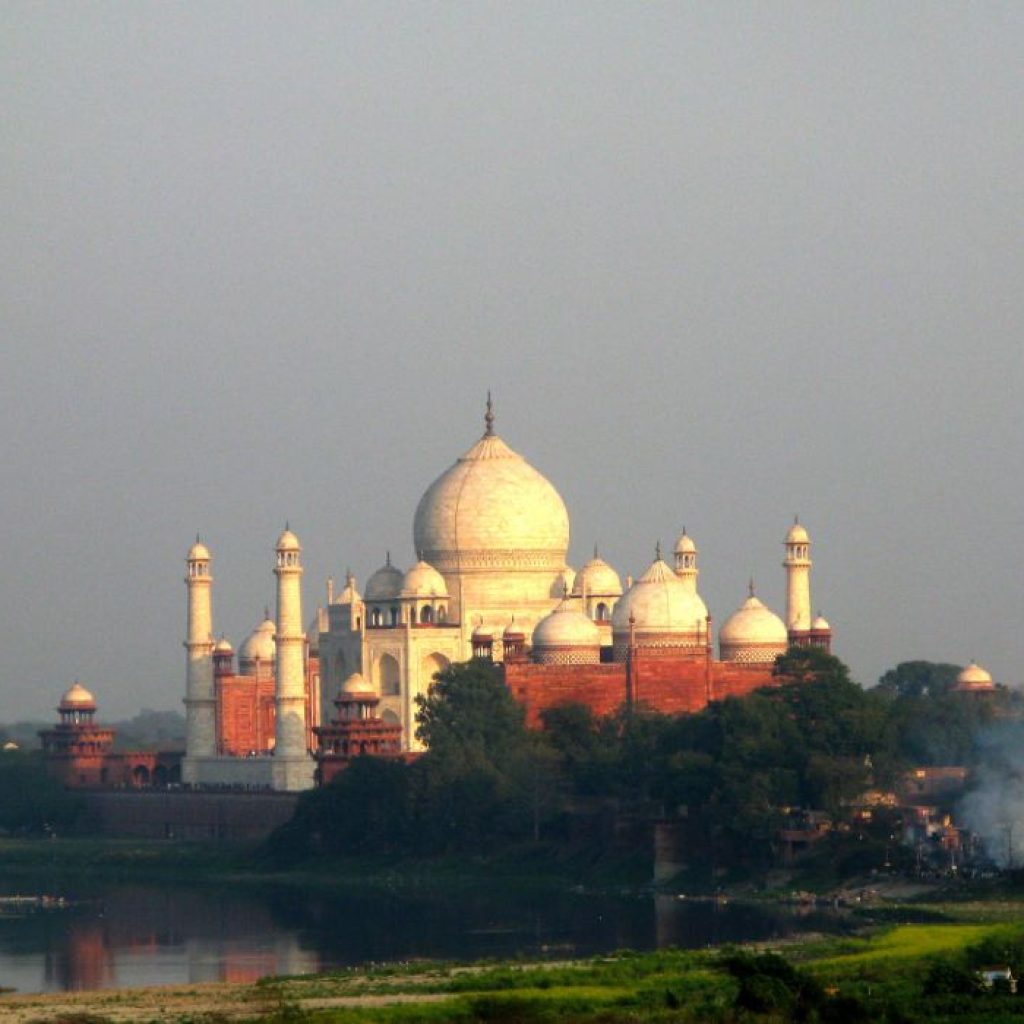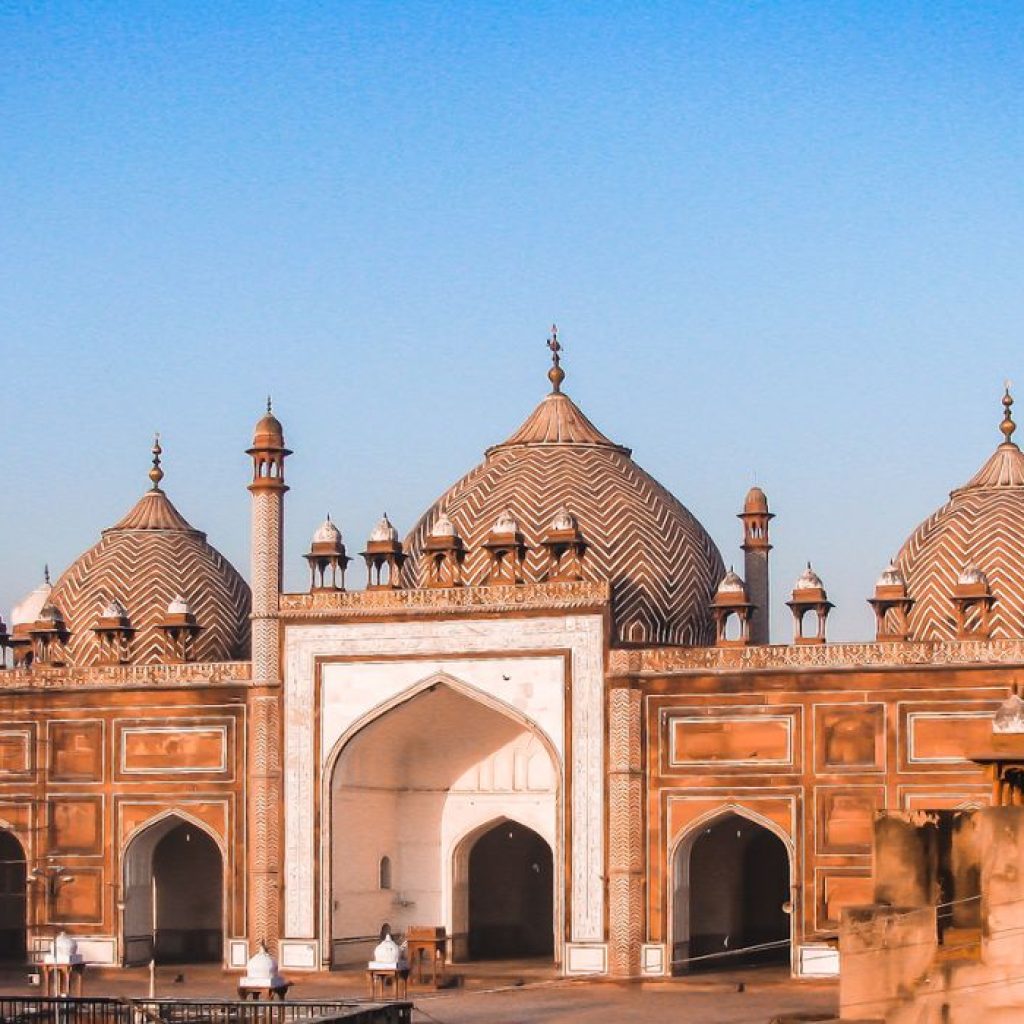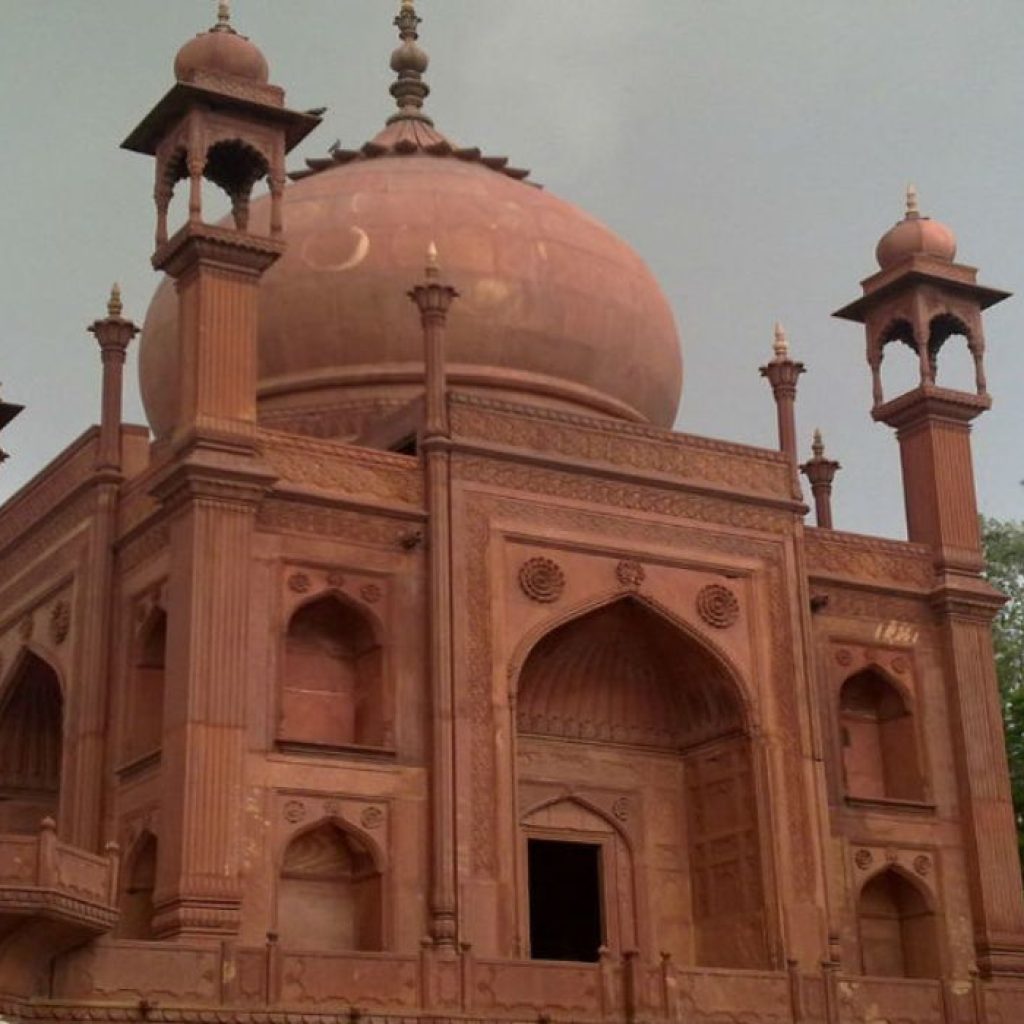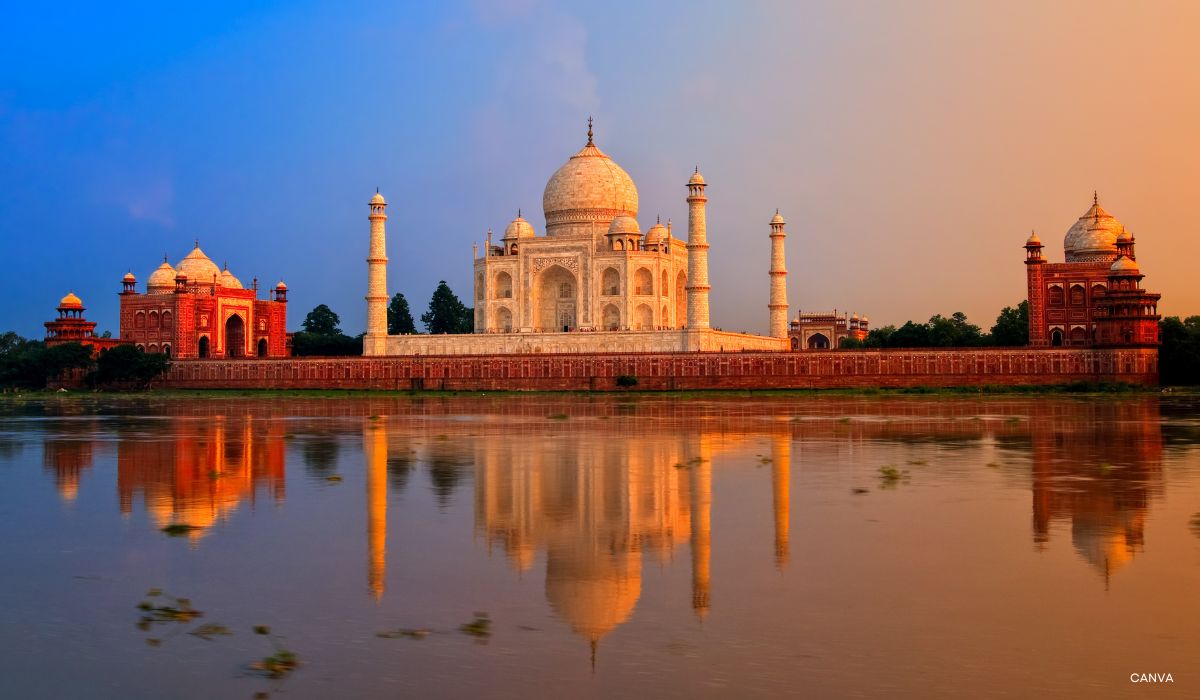When people think of Agra, the Taj Mahal is often the first thing that comes to mind. This iconic marble monument, a symbol of love, attracts millions of visitors every year. However, Agra has much more to offer beyond this world-renowned attraction. If you’re planning to explore the Golden Triangle of India “Delhi, Agra, and Jaipur” you shouldn’t just stop at the Taj Mahal. Agra, with its rich Mughal heritage and hidden treasures, is a city full of surprises waiting to be discovered.
In this blog, I’ll take you on a journey through some of Agra’s lesser-known spots, where history, culture, and beauty come together to create a truly unique experience. Let’s step away from the crowds and explore the real, vibrant Agra.
The Old Mughal City: Agra’s Hidden Heart

While Agra’s towering monuments like the Taj Mahal and the Agra Fort are famous, the city’s old Mughal quarter, near the fort, is a hidden gem that’s often overlooked. This area, with its narrow alleys, bustling bazaars, and forgotten monuments, is where you’ll experience the true soul of Agra. Walking through the streets here feels like stepping back in time. The Mughal influence is visible everywhere, from the architecture to the vibrant markets. If you’re traveling to Agra as part of the Golden Triangle of India, make sure you allocate extra time to discover this fascinating part of the city.
Mehtab Bagh: The Secret View of the Taj Mahal
While the Taj Mahal is spectacular from every angle, one of the best views of this incredible monument can be found across the Yamuna River at Mehtab Bagh. This garden, built by Emperor Babur, is directly opposite the Taj Mahal and offers a peaceful, serene view of the monument as it rises majestically above the river. The site is especially magical during sunset, when the soft light creates the perfect frame for the Taj Mahal, making it one of the best photography spots in Agra.
Jama Masjid: Agra’s Hidden Mughal Gem
While Agra is home to several stunning mosques, the Jama Masjid often goes unnoticed by many visitors. This beautiful mosque, built by Jahanara Begum, the daughter of Emperor Shah Jahan, in 1648, stands as a remarkable example of Mughal religious architecture. Unlike the bustling crowds at Agra’s more famous landmarks, the Jama Masjid offers a peaceful, serene atmosphere, making it a hidden gem in the heart of the city.

Located not far from the iconic Agra Fort, the mosque is surrounded by the hustle and bustle of urban life, yet remains a tranquil oasis. Its intricate design features graceful arches, exquisite carvings, and peaceful courtyards, showcasing the delicate craftsmanship of the Mughal era. The mosque’s towering domes and elegant structure make it one of the most stunning yet often overlooked monuments in Agra.
The Jama Masjid, with its quiet elegance and rich history, provides a much-needed respite from the city’s chaotic energy. It stands as a testament to the grandeur of Mughal architecture and is an essential stop for those seeking to explore the less crowded, yet equally captivating, side of Agra’s rich cultural heritage.
Sikandra: The Tomb of Akbar
One of Agra’s lesser-known treasures is Sikandra, the tomb of Emperor Akbar, located on the northern outskirts of the city. This peaceful spot is surrounded by lush gardens and offers a serene atmosphere perfect for reflection. The tomb is a blend of red sandstone and white marble, with stunning Persian-style decorations on the ceilings. The grand entrance gate, flanked by white marble minarets, is a sight to behold. While visiting Sikandra, you’ll also see langur monkeys and black-buck antelope roaming the gardens, creating a scene straight out of a Mughal miniature painting.
The ‘Red Taj’: A Forgotten European Cemetery

One of Agra’s most unexpected hidden gems is the old European cemetery, also known as the “Red Taj.” This cemetery is home to several beautiful graves, including that of the first British man to be buried in India. Among the most impressive tombs is the sandstone mausoleum of the Dutch military commander, William Hessing. His tomb, known as the “Red Taj,” is a symbol of the early admiration for Indian culture by Europeans. If you’re interested in history beyond the Mughal Empire, this cemetery is a fascinating stop that gives insight into Agra’s colonial past.
Chini Ka Rauza: A Persian-Inspired Tomb
Located near the Taj Mahal, Chini Ka Rauza is the tomb of Allama Afzal Khan Mullah, a Persian scholar in the court of Emperor Shah Jahan. This monument is famous for its use of blue glazed tiles, which were uncommon in Mughal architecture. The tomb’s design is heavily influenced by Persian architecture, making it an interesting contrast to the more typical Mughal structures found in Agra. The bright blue tiles and elegant structure make this site an unexpected delight for those interested in architecture.
Keetham Lake: A Serene Escape
If you’re looking for a peaceful escape from the bustling city, Keetham Lake, also known as Sur Sarovar Bird Sanctuary, is a perfect place to visit. Located about 20 kilometers from the center of Agra, the lake is home to numerous migratory and resident birds. It’s a great spot for birdwatching and nature walks, providing a tranquil environment where you can relax and enjoy the natural beauty of the area. This peaceful location is an excellent addition to your Agra itinerary if you’re seeking a break from the crowds.
Ram Bagh: Mughal Garden Elegance
Ram Bagh is one of the oldest Mughal gardens in India and was built by Emperor Babur. Located near the Chini Ka Rauza, this garden is an example of early Mughal garden design. With its terraced layout, flowing water channels, and lush greenery, it’s a beautiful place to explore. The garden provides a glimpse into the early Mughal influence on landscape design and is a lovely spot to relax and enjoy the peace away from the busy city.
Kabooter Baz: The Pigeon Enthusiasts
In many parts of India, pigeons are more than just birds — they are part of a cultural tradition. In Agra, you’ll meet the kabooter baz, the pigeon owners who are passionate about flying their birds. They take their birds to the rooftops and control their movements in the sky with a mix of shouts, whistles, and colorful rags tied to long sticks. This unique tradition, which comes from Persia, has been passed down through generations.
On your visit to Agra, you can watch these pigeon enthusiasts demonstrate their skill as they make their birds perform incredible aerial feats. It’s an experience you won’t find in many other places, and it’s an excellent example of Agra’s rich cultural history.
The Flower Market: A Burst of Color
If you’re in Agra early in the morning, don’t miss the wholesale flower market, one of the largest in India. This vibrant market is filled with marigolds, roses, and other colorful flowers, creating a dazzling scene. During festivals like Diwali, the market is especially lively, with vendors happily posing for photos as they sell their flowers. It’s an excellent place to soak in the local culture and witness the colorful life of Agra. The flowers here are also an essential part of many rituals and celebrations in the city.
Explore Agra’s Hidden Charms
Agra is much more than just the Taj Mahal. The city’s lesser-known sites, from the vibrant bazaars to the serene gardens, offer a unique and unforgettable experience for anyone exploring the Golden Triangle of India. Whether you’re interested in Mughal history, local culture, or simply enjoying peaceful moments away from the crowds, Agra has something for everyone.
Next time you find yourself in this historical city, take the time to step beyond the Taj and uncover the hidden gems that make Agra one of India’s most fascinating destinations. Your exploration of Agra will leave you with memories and stories that go beyond the well-known landmarks, making it a truly enriching experience.



0 Comment